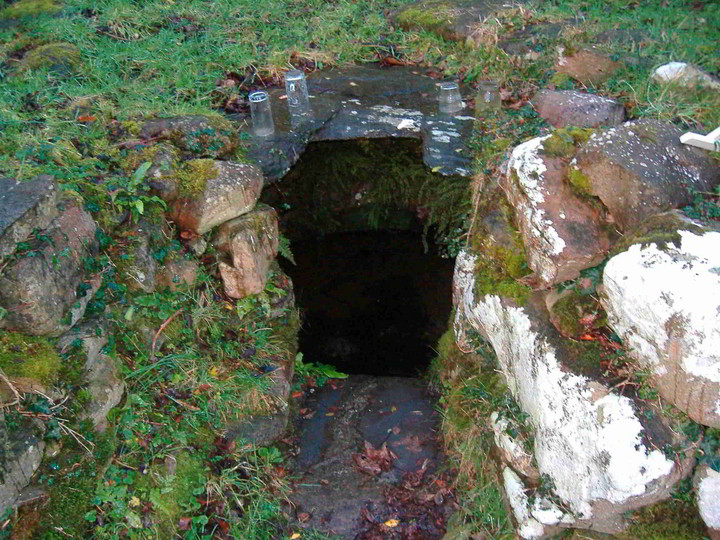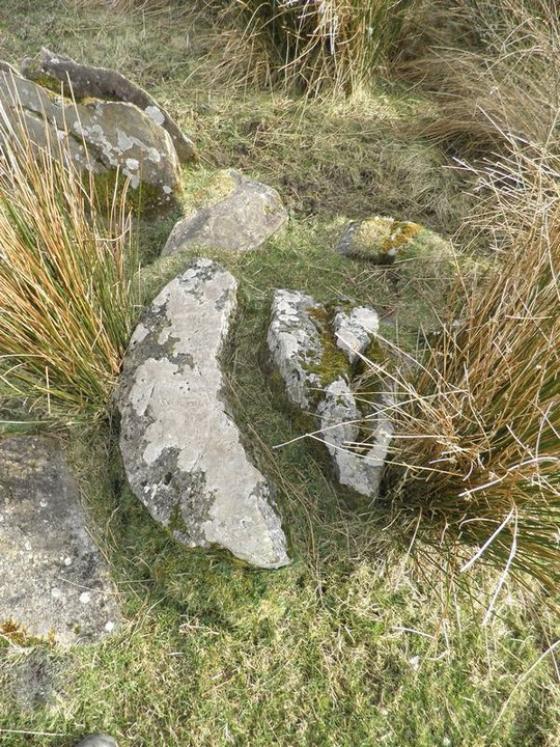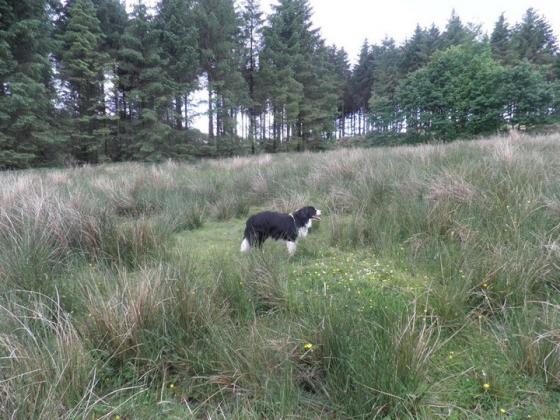
The Grove

The Grove

Into the well

The well
Youghalvillage
“St. Conlans Well”
Holy well and holy tree
Taken from North Tipp Archaeological survey:
Situated on a hillocky area on a SE-facing slope. This holy well is a natural spring which flows into an open pool. Though not marked on the 6-inch OS map a lane leads from the main track right up to the well. Maintained and still visited, the well is enclosed by a hexagonal drystone wall (diam. C. 1.3m; H c.1m) and is covered by a flat slab of slate which has been partially cut to allow easy access to the water. Opening to SE, it is flanked on either side by walling terminating with boulders, with flagstones flooring this entrance area. This walling continues to enclose the hillock for a further 2-3.5m on either side of the entrance. Several small wooden crosses, painted Marian blue, have been inserted on top of this wall and on the hillock surrounding the well, including one fixed to an adjacent ash tree with a small crucifix placed in the centre. There is a rag bush in front of the well and a wooden altar to the rear containing a statue of the Virgin and Child. In the OS Name Books (c. 1840) the holy well was described as a place ‘at which diseases are said to be cured and superstitious ceremonies performed’. According to the OS Letters St Conlan’s festival ‘fell on the 25th or 29th July. Some say it took place eleven days before the 1st August’ (O’Flanagan 1930, vol. 3, 17)
This is a lovely well and is still in use. I remember going down to it with friends to get holy water for sick people because of its supposed curative powers.
It also has a reputation for curing eye problems.




























































